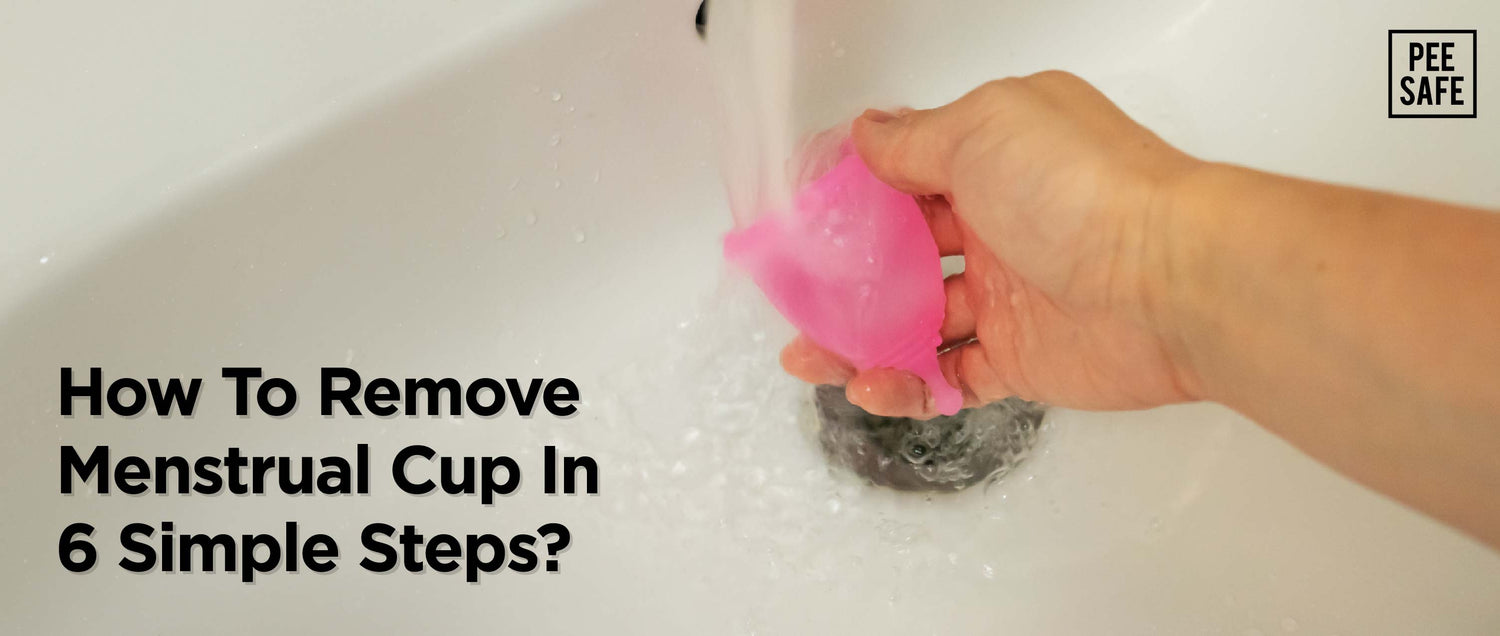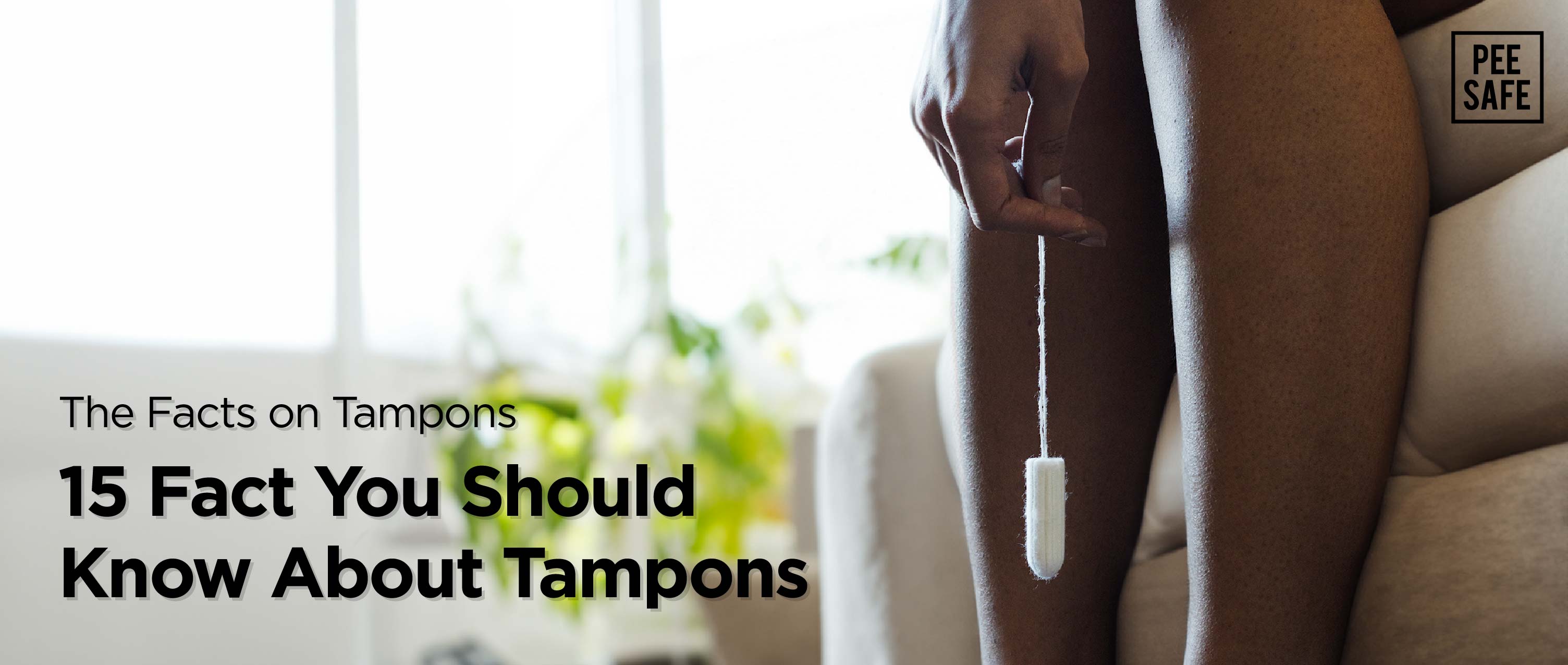One of the most common concerns of an early menstrual cup user is ‘How to remove a menstrual cup without pain.’ The thought of the cup getting stuck in your vagina is a genuine fear that menstruators have. But once you’ve ‘graduated’ to becoming a successful cup user, you’ll realize it’s actually quite an uncomplicated process.
First things first, just accept that the menstrual cup will lodge itself in the vaginal canal, if inserted correctly. You will not feel it inside you (total incognito mode!) and neither will the stem hang outside.. Once you’ve inserted the period cup, it will stay in place due to the suction created around it and will do its job of collecting the blood flow. Now let’s go through some best known techniques and hacks to get the menstrual cup out.
How Do You Remove Menstrual Cup Step-By-Step?
Right below I’ve mentioned some most important steps that you should follow to remove menstrual cup.
- Clean hands: Most important step to maintain a healthy intimate area is to not touch it with dirty hands. Wash your hands thoroughly with soap and water at the time of insertion and removal of the menstrual cup.
- Right position: It takes a few trials and errors to find out what position works for you. For beginners, squatting is a good way to reach in to remove your menstrual cup. This position also helps in shortening the vaginal canal, thereby lowering the cup so it can be removed easily. Lifting one leg and placing it on a closed toilet seat works too. Eventually, once you’ve practiced a few times and are nearly a pro, then you should be able to do the process, sitting on the pot.
- Relaxed pelvis: A tensed pelvis leads to tightening of the abdominal muscles, which further creates an obstruction in the period cup removal. Relax your muscles and try loosening them, take a deep breath and let it out- nice and long. This will help in relaxing the abdominal muscles too.
- Reach in with a nudge: Insert your index finger into your vagina and look for the stem of the menstrual cup. DO NOT start pulling or tugging at it. Remember the cup is lodged inside the vaginal canal through suction. So it is important to break the suction first. To do this, direct your index finger towards the wall of the menstrual cup and try to give it a gentle nudge. This should let some air flow between the cup wall and the vaginal canal, thereby releasing the suction and making way for the cup to be taken out comfortably.
- Reach in with a pinch: Another way to do this step is by applying the pinching method. Make sure your hands are completely dry after washing as it ensures a better grip when you reach in to get your menstrual cup out. Insert your index finger and thumb into the vagina. Once you’ve located the stem, try going further up from the stem to the base of the period cup, as much as you can comfortably go. Now pinch the cup wall with your fingers, almost like a squeeze. This too will create space for air to flow in, thereby breaking the suction easily.
- Pull out: Both the pinch and nudge techniques take a bit of a practice to ace. But once you’ve aced it, you’ll sail through it every single time. So, what happens once the suction has been broken? Simple, just twist it around gently and pull it out. Try not to remove it with a jerk, this may lead to period blood spillage, and that’s the last thing you want. Once out, flush the period blood and wash the menstrual cup with plain water or a menstrual cup wash. It is ready to be inserted again.
Remember, there could be times where you feel that the menstrual cup is acting up- maybe you’ve lost it somewhere inside your vagina (which surely won’t happen) and you are almost on the verge of a panic attack. Just remember to take the position that works for you and try to push the menstrual cup down with the help of your stomach and pelvic muscles, almost like pooping it out. It does not gush out due to suction, but will come low enough to be removed easily in one step.
-
✍️ This article was curated by Divya Sethi


































